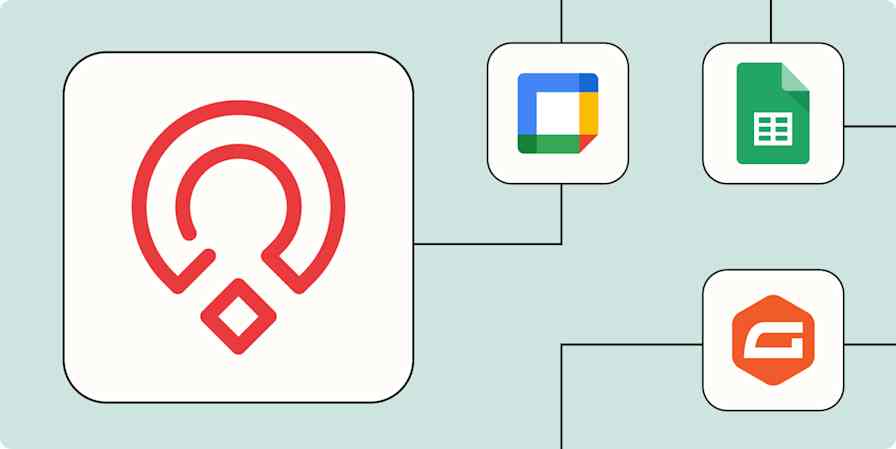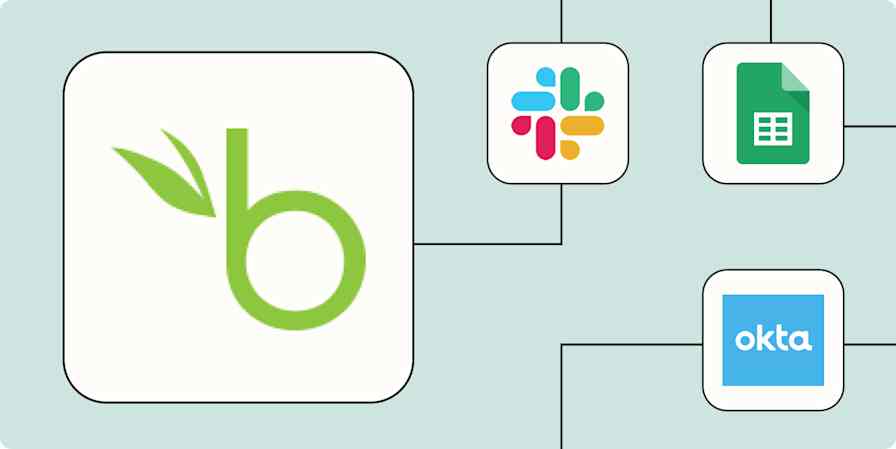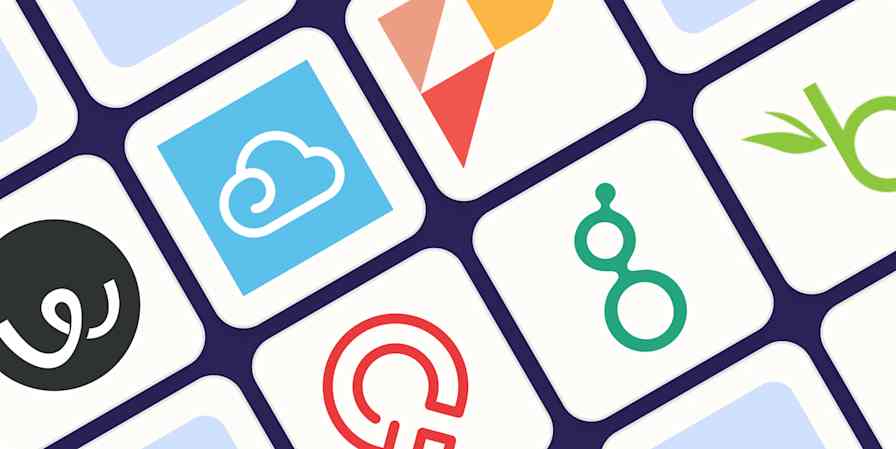Productivity tips
9 min readHow to use personality tests to build a productive team
By Genevieve Colman · April 19, 2021

Get productivity tips delivered straight to your inbox
We’ll email you 1-3 times per week—and never share your information.
Related articles
Improve your productivity automatically. Use Zapier to get your apps working together.







